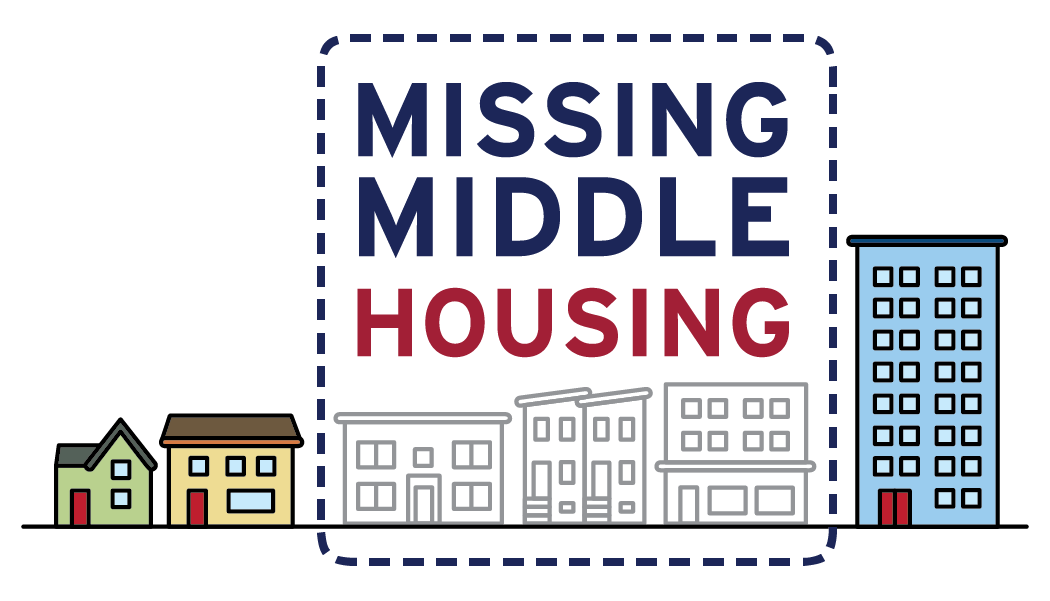Mary Kadera, APS School Board Member
I support Arlington’s Missing Middle Housing efforts. Please note that the opinions expressed here are entirely my own and do not reflect the views of other members of Arlington’s School Board, the School Board as a whole, or Arlington Public Schools.
In 2013, my husband and I moved our family from Alexandria to Arlington because we admired the County’s schools, parks, environmental commitments and progressive values. We were homeowners in Alexandria but decided to rent for our first few years in Arlington to be sure we’d found the right neighborhood school for our children.
When we were ready to buy three years later, we felt a lot of sticker shock. The neighborhood we’d grown to love was nearly out of our price range.
I’m saying that as someone who has enjoyed many advantages in life, so I believe it must be significantly more challenging for others who have not been able to access those same opportunities (for example, graduating from college with no student loan debt).
I’m now a member of the School Board, and I hear from APS staff members who would like to live in the community they serve but can’t afford to do so. I imagine many of our first responders, health care workers, and County government staff feel the same way.
Is Arlington a place that values diversity and inclusion, welcoming individuals and families with different backgrounds and income levels? I’d like to think so. Will Arlington be a place where home ownership can build generational wealth for groups that have been systemically excluded from these opportunities in decades past, due to exclusionary zoning?
I hope that Arlington residents will see Missing Middle housing as an opportunity instead of a threat to our own quality of life.
Implemented thoughtfully, Missing Middle will be an opportunity for us to create more diverse, integrated schools. Where past efforts to integrate schools (locally and nationally) have relied on measures like mandatory busing, we now have a chance to create more economically and culturally diverse neighborhood schools organically by creating more economically and culturally diverse neighborhoods. This is in our collective best interest: there is strong research that confirms the academic, social and civic benefits of integrated schools across all student subgroups.
“What about school capacity?” you might be thinking. Here’s the good news, based on my own reading of the available data: as far out as we can reasonably forecast, APS will have excess capacity at all levels (ES, MS, HS) per its ten year enrollment projections. If you look at the enrollment projections and compare them to capacity (as laid out in the AFSAP) you see the following for 2024-25, which is projected to be the peak year for enrollment in the next decade:
ES (including PreK): 13,610 total students, and a permanent capacity (not including relocatables) of 14,745 seats
MS: 5,756 total students, 6,068 seats
HS: 8,429 total students, 8,675 seats
APS updates its enrollment projections annually, factoring in the ten-year housing forecast from County planners. I understand that Missing Middle will be implemented incrementally and will comprise only a minor percentage of the projected growth in any given year. If there is close coordination between the planning functions of APS and the County—which is necessary in any future scenario—then I believe our schools can absorb related growth in enrollment. And if we collaboratively plan for that growth to occur in the areas where excess school capacity is concentrated, we can minimize the school boundary changes that are so often contentious.
I see a lot of promise in Missing Middle, and I hope my fellow community members will, too.
Mary Kadera
Arlington resident
APS parent
Member, Dominion Hills Civic Association
Member, Arlington School Board

